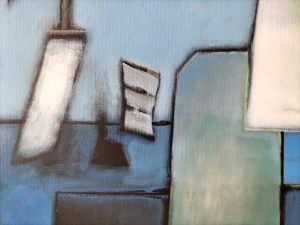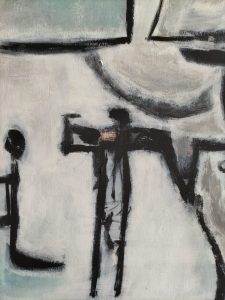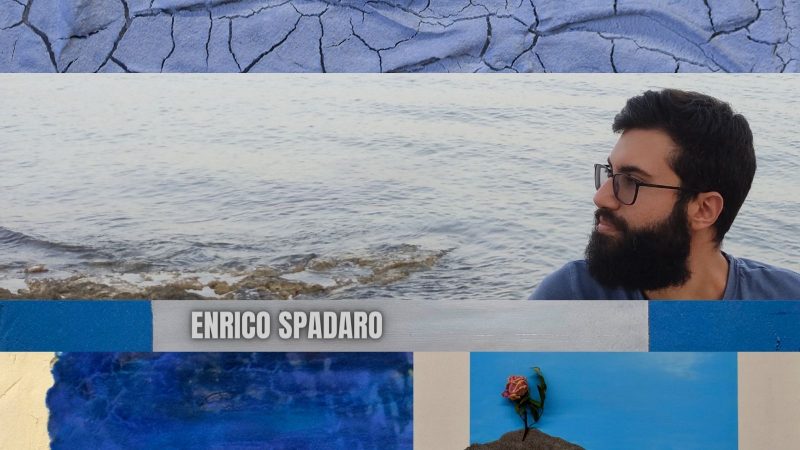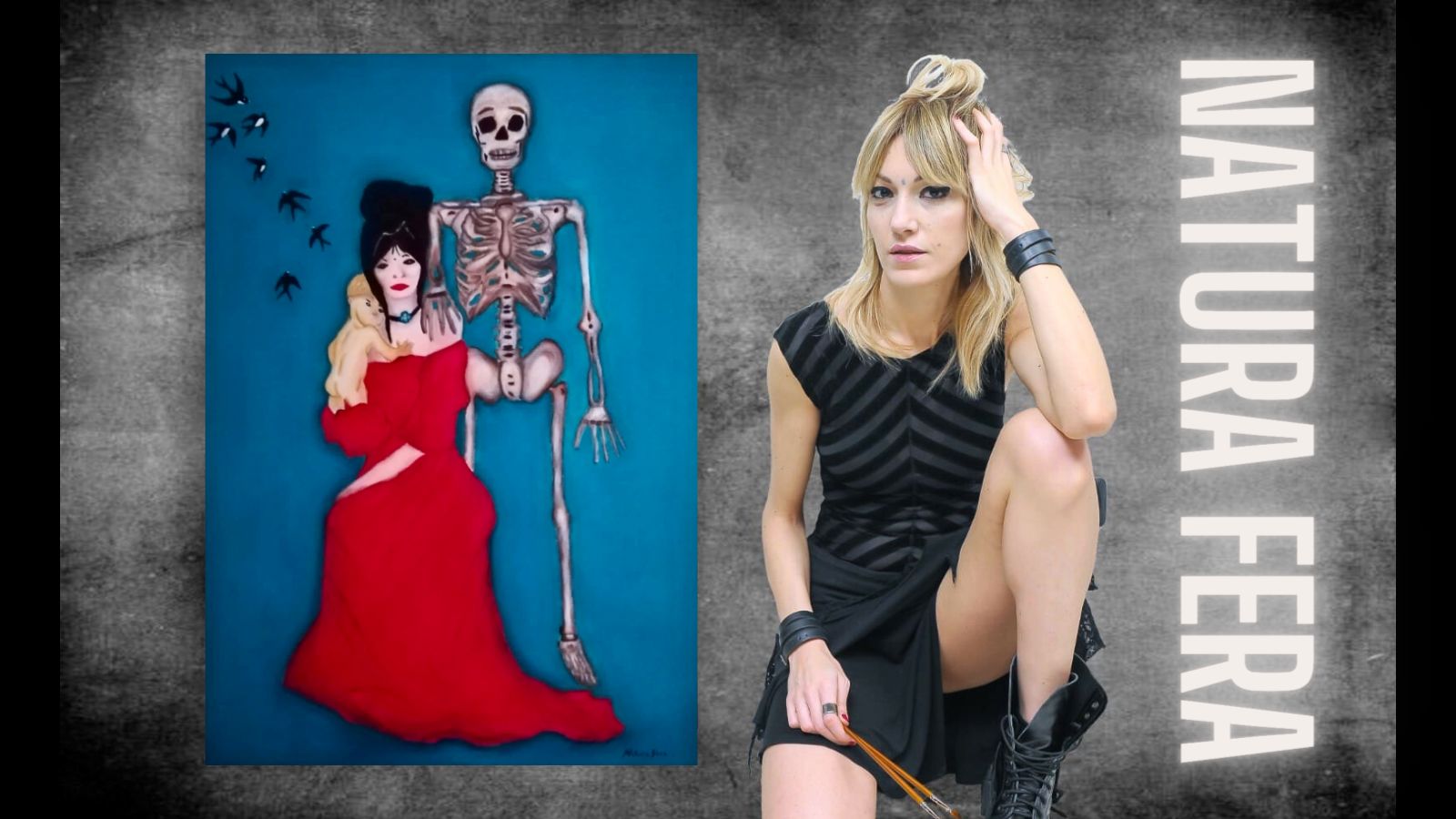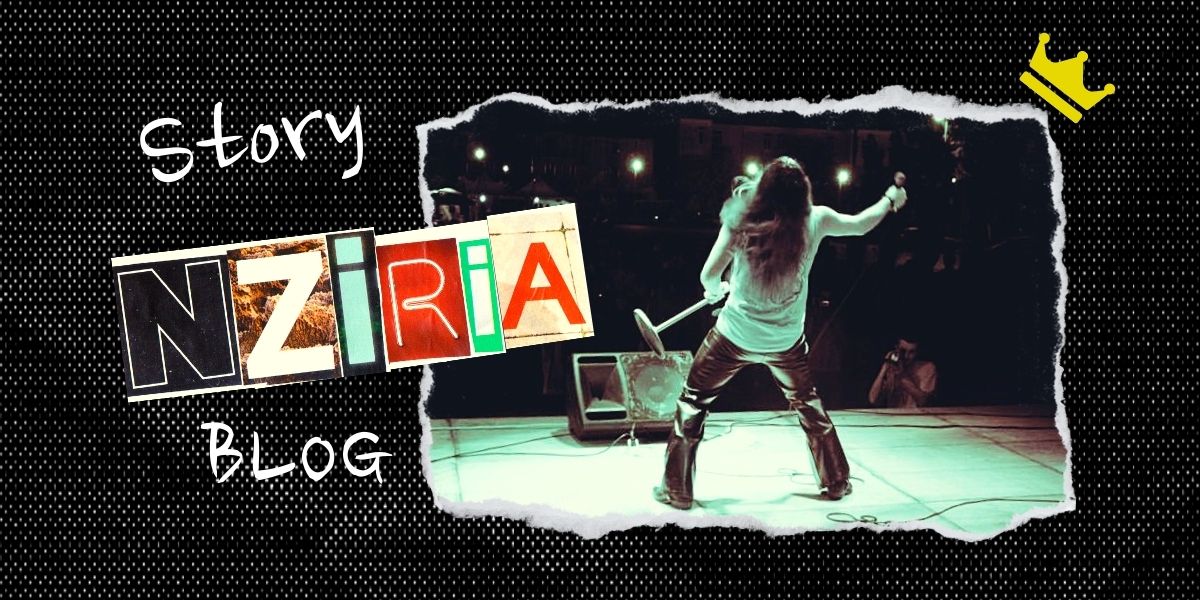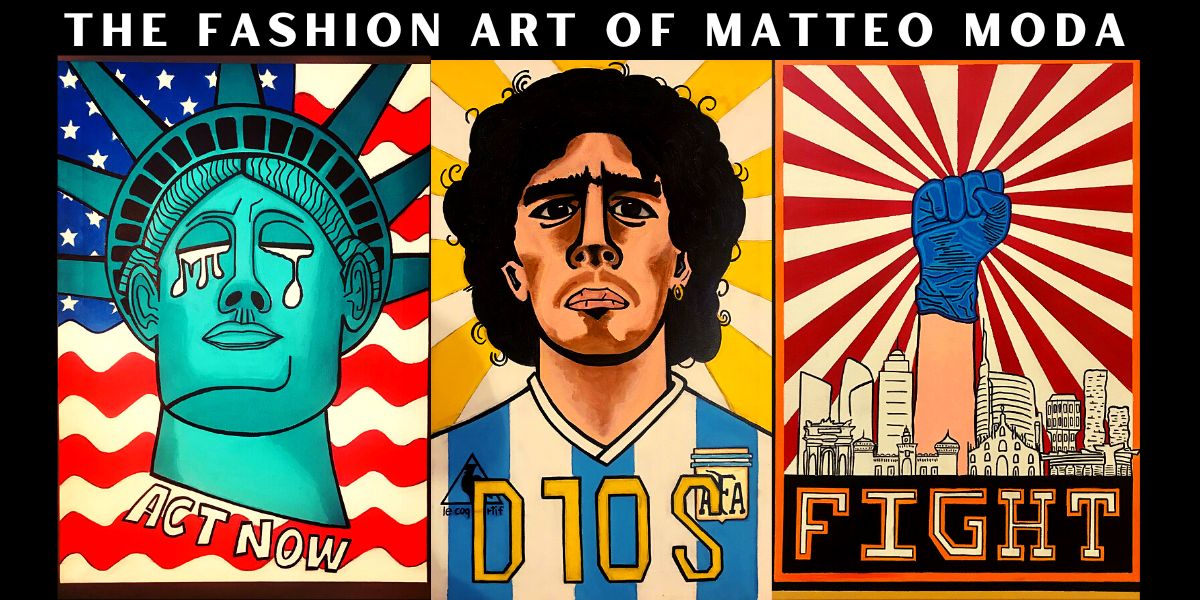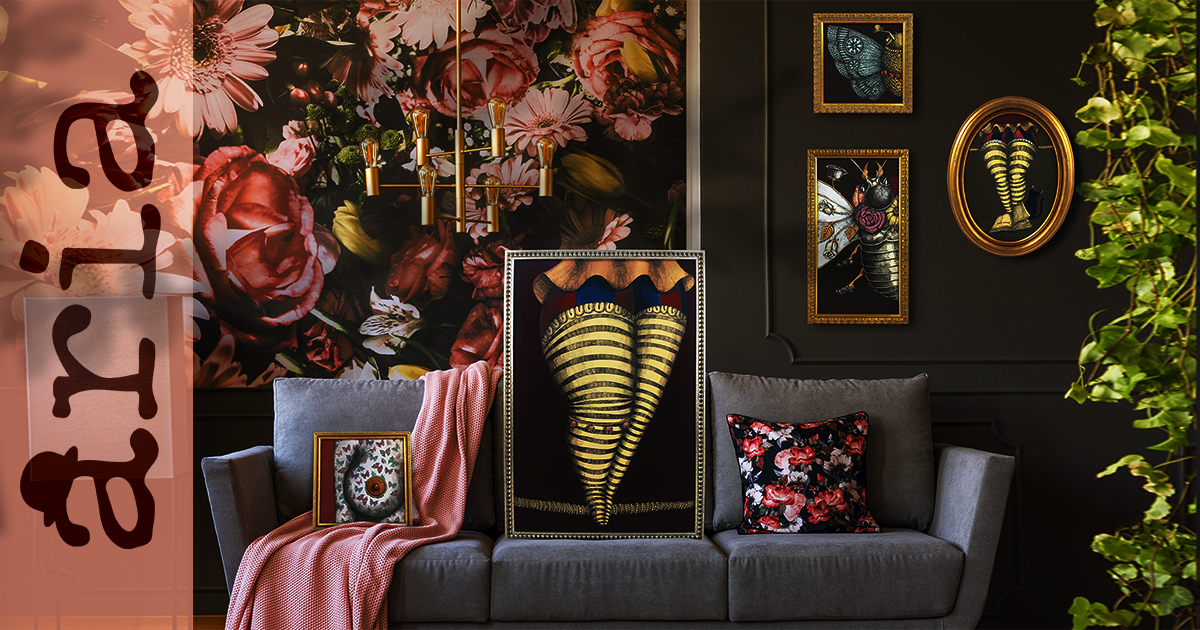Antonio Santoro’s Art: A Vertical Approach to Human Expression
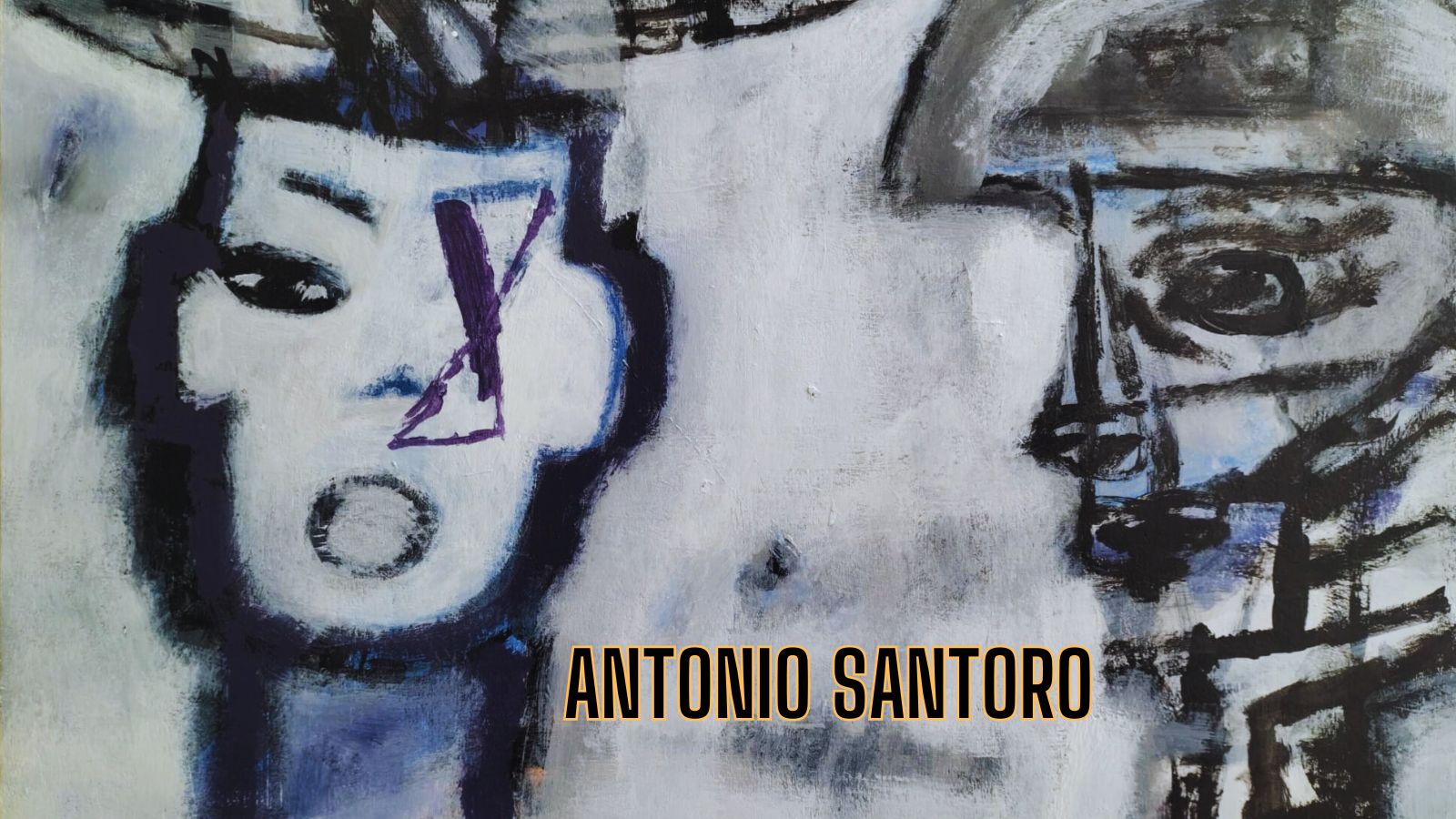
We often struggle to understand the language of art as easily as we do mass communication. It requires effort to decipher its intentions, which demand a different mindset, focusing on deeper meanings, values, and truth. 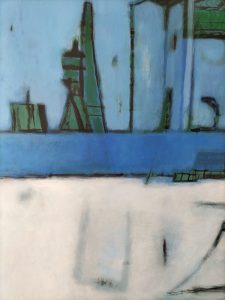 Speaking with Antonio Santoro, born in 1983, in Campania (Southern Italy), educated at the Institute of Art in Salerno and the Academy of Fine Arts in Rome, I understand that a natural inclination towards verticality has been present since his earliest memories. As an adult, he chose unconventional life experiences including living in Andalusia and the Canary Islands, where a communal living exposed him to alternative and cultural freedom of sustainable lifestyles – confirming his existential need to make synergistic the relationship between life and art and to look at the world in its fullness of inclusive meanings. Santoro’s pictorial language is extremely human, it maintains a relationship with a precise personal identity, and without fear, even with the historical cultural context of the present. It is the style of his sign that defines his artistic world and it is clear that it is the graphic representation that provides the methodological criteria of his language and that the deep, unique and intentional content of his creation is in a relational dimension of a failed synthesis, of an always impossible simplification of a reality separated from the original authenticity but assumed as possible and to be boldly sought.
Speaking with Antonio Santoro, born in 1983, in Campania (Southern Italy), educated at the Institute of Art in Salerno and the Academy of Fine Arts in Rome, I understand that a natural inclination towards verticality has been present since his earliest memories. As an adult, he chose unconventional life experiences including living in Andalusia and the Canary Islands, where a communal living exposed him to alternative and cultural freedom of sustainable lifestyles – confirming his existential need to make synergistic the relationship between life and art and to look at the world in its fullness of inclusive meanings. Santoro’s pictorial language is extremely human, it maintains a relationship with a precise personal identity, and without fear, even with the historical cultural context of the present. It is the style of his sign that defines his artistic world and it is clear that it is the graphic representation that provides the methodological criteria of his language and that the deep, unique and intentional content of his creation is in a relational dimension of a failed synthesis, of an always impossible simplification of a reality separated from the original authenticity but assumed as possible and to be boldly sought.
Despite being informal, Santoro’s sign is not refusal or revolt, it is not an indolent or nihilistic sign, it is placed on a narrative scene that calls into question a research and an evolution that defines a “possibility of relationship”, a stylistic compromise in which figuration is not denied but sees iconic fragments of new forms emerge from the material in constant tension with otherness, drawn and poised between figuration and abstraction.
In his works, that I had the opportunity to appreciate, the artist’s desire to be encompassing appears, relating all the sources of meaning of his artistic message, and yet it is possible to imagine that it, in strict alternation of possibilities and when this emergency is tamed, can be relocated to provide exclusively to essential morphemes of his narrative greater lyrical space.
Antonio Santoro will exhibit his works in an exhibition to be held at the “Country of the wind, contemporary art gallery” in Mercato San Severino, Corso Diaz 19.
> contact <
Written by Gerardo Califano


